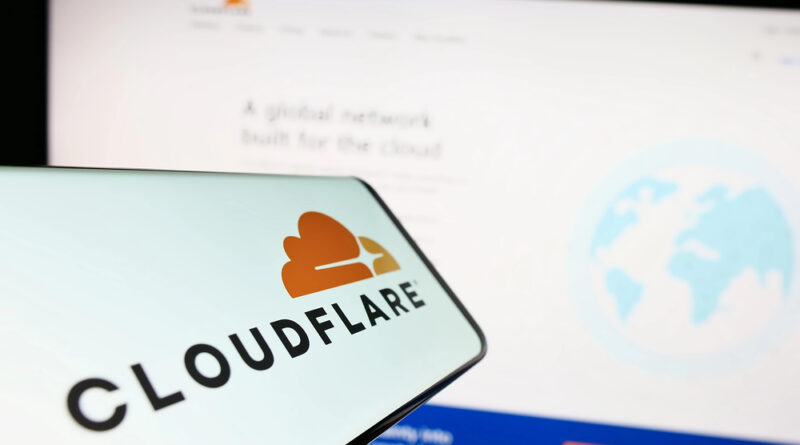Cloudflare’s Election-Day Heroics Highlight a Deeper Problem, Democracy Now Depends on a Single Private Gatekeeper
In early November 2024, the cyber “October Surprise” that many security analysts feared never arrived. Cloudflare, one of the world’s largest network-infrastructure and security firms, claims it neutralised more than six billion malicious requests aimed at U.S. election-related websites between November 1 and 6, with some attacks peaking at 700,000 requests per second. Polling places stayed open, voter-information portals remained online, and headlines focused on policy rather than panic.
That outcome is worth celebrating, but it also forces an uncomfortable reckoning with how heavily we now lean on a single commercial vendor to safeguard the machinery of democracy.
A Bodyguard for One-Fifth of the Web
Cloudflare likes to call itself “the bodyguard of the internet,” and the numbers back up the swagger. Its distributed edge network now protects roughly one-fifth of all web properties worldwide. When it inserts itself between a campaign site and a would-be attacker, it operates from a vantage point few nation-states, let alone county clerks, could ever match.
Through its Athenian Project, Cloudflare even donates its highest-tier enterprise services to state and local election authorities, covering more than half of U.S. states at no cost. That generosity is laudable; nobody else is offering rural election boards round-the-clock DDoS mitigation for free.
Dependence Is Not Resilience
Yet therein lies the rub. By blocking six billion bullets, Cloudflare revealed both its technical prowess and the degree to which our public institutions rely on a privately governed shield. What happens if that shield fails, whether through a novel exploit, a massive outage, or a policy dispute that forces Cloudflare to eject a client overnight?
Resilience, by definition, demands redundancy. In the physical world, no serious government would outsource everything from ballot printing to armed security to a single contractor. Online, we seem to have done precisely that.
The Market Can’t Solve This Alone
Defenders of the status quo point out that nothing prevents competitors from matching Cloudflare’s capabilities. But network-effect economics say otherwise: the more traffic a security provider inspects, the smarter its threat-intelligence graph becomes, drawing in still more clients. Cloudflare’s dominant visibility into attack patterns is what lets it stop zero-day DDoS techniques before smaller rivals even see them.
In practical terms, local governments can choose between “free Cloudflare enterprise” and “figure it out yourself on a shoestring.” That is not a market; it is tacit centralisation.
A Policy Blueprint for Shared Cyber Defence
The lesson from 2024 is not to punish Cloudflare for being effective. It is to treat critical digital infrastructure as critical infrastructure full stop. Three steps could move the needle:
-
Public Funding for Multi-Vendor Coverage
Federal grants should finance at least two independent security providers per election jurisdiction. Diversity is the bedrock of resilience. -
Minimum Transparency Standards
When a private firm shields public assets, the public deserves audit logs and incident reports. Congress should require providers to publish redacted, standardised metrics on attack volume, mitigation efficacy, and false-positive rates. -
Open-Source Reference Implementations
Core protocols for DDoS defence rate limiting, cache-busting detection, and so on should be available as community-maintained projects. Commercial networks could still run proprietary optimisations, but no county clerk should be locked into a black box.
The Internet Needs a Civil-Defense Model
Cloudflare’s CEO, Matthew Prince, likens his company to a digital bodyguard. Bodyguards are fallible, and no democracy should bet its legitimacy on a single shield. During the 2024 cycle, Cloudflare worked closely with federal agencies and briefed hundreds of election officials on emerging threats. That cooperative spirit is exactly what a civil-defence model would scale, spreading expertise across multiple networks rather than corralling it inside one.
The hard truth is that modern elections will continue to attract nation-state adversaries and hacktivists alike. In 2024, Cloudflare proved that a well-resourced private actor can keep the lights on. In 2028 and beyond, the job must be bigger than any one company, no matter how formidable its cloud.
Photo Credit: DepositPhotos.com

